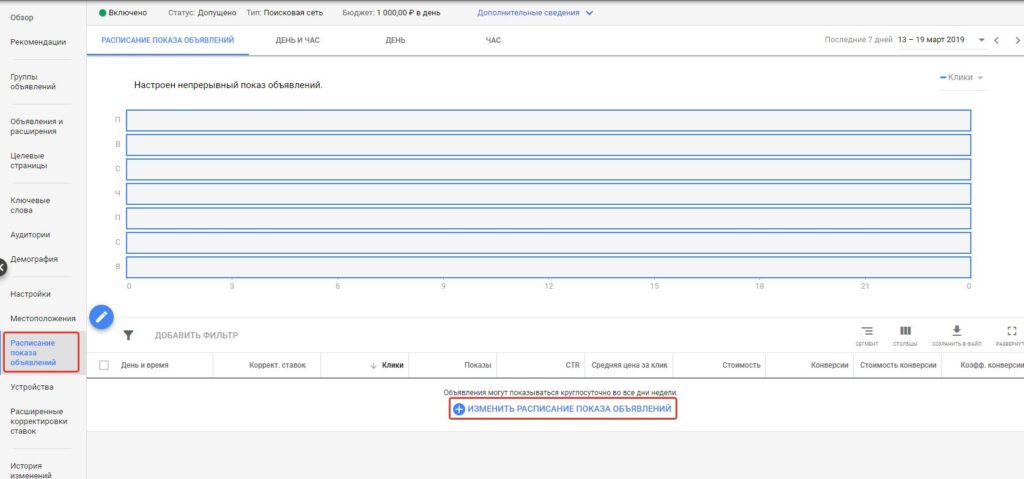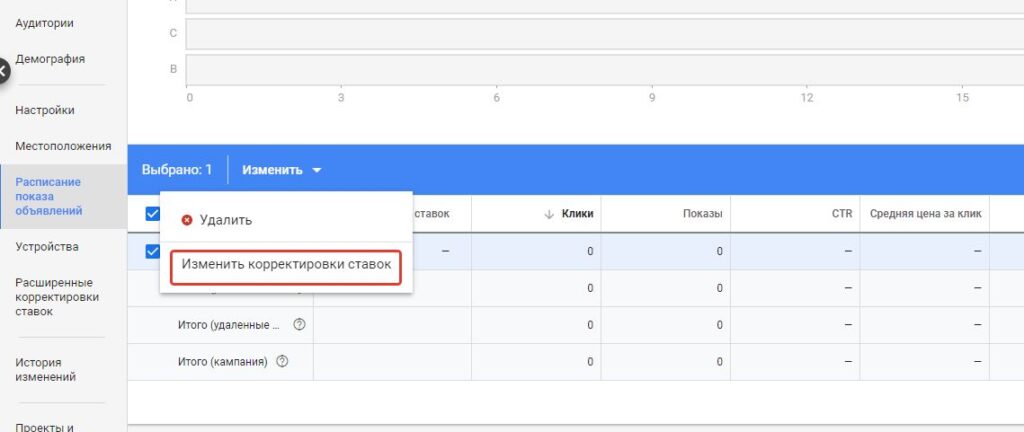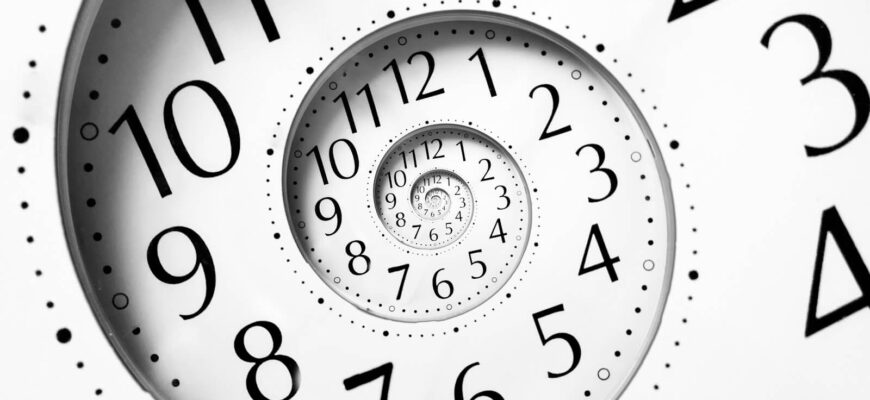Temporal targeting is used to restrict ads to appear within certain time periods. The boundaries of these intervals are set by the advertiser. The mechanism is usually used to minimize the inefficient spending of the advertising budget.
The relevance of using time targeting is directly related to fluctuations in demand for a product during the day, week, or any other specified period of time. This tool helps you save money on ads, as well as increase your conversion rate and therefore make your campaign more effective.
Any advertising service in the online space allows you to set time limits. Such targeting reduces the number of unproductive ad impressions – the campaign stops at those moments when advertising cannot have an impact on the target audience. Impressions are adjusted depending on the time of the year, month, weekends and working days, days of the week and time of day.
How many calls and sales will I get by ordering contextual advertising from you?
I need to calculate the conversion of my website Describe
the task
in the application
Calculate potential ad revenue Google
contextual advertising calculator
When is time targeting necessary?
There are several situations in which the use of time targeting in contextual advertising is justified and effective. Consider the most popular of them:
- You need to disable ads during non-working hours. This applies, for example, to organizations providing office services. A visitor attracted by a paid advertisement can leave an application immediately after familiarizing himself with the site. Targeting ads by time greatly increases the chance of converting such a user into a real client. In the case when the campaign does not stop all 24 hours a day, and the company works from 10 to 19, a feedback form should be placed on the website. This will reduce the risk of losing a client;
- I want to promote seasonal promotions and offers. With pronounced seasonal demand, it is often necessary to run ads and increase bids on holidays or weekends;
- It is impossible to influence the target audience at a certain time of the day. For example, it makes no sense to promote children’s products after midnight, and service ads for a 30-40-year-old audience should be reduced during the daytime, because at this time most potential customers are at work;
- Product offer is limited in time. Applicable for a promotion that ends on September 30, for example. If the organization at the same time works until 20:00, then the advertising campaign should be stopped already at 19:00. After all, those who get acquainted with the offer must still have time to get to the store in order to buy a promotional product;
- The company’s clients are located in different time zones. In such a situation, it is recommended to shift impressions, taking into account the time difference;
- Required to reduce advertising costs. By using targeting tools, you can save money without compromising campaign effectiveness.
Advice! Before you set up time targeting, you should carefully analyze the market. The more accurately you determine the periods of online activity of the target audience, the more successful your advertising will be.
In what areas is time targeting effective?
Let’s take a look at the most common areas where time-targeted campaigns work much more effectively than continuous advertising:
- Taxi services, babysitting. Peak load occurs on Friday evenings, weekends and holidays;
- Delivery of ready meals. The target audience is most active in the evening;
- Tickets for events, concerts, performances and movies are more often bought after lunch – around 14:00. The second peak starts at 6 pm and ends at 8 pm;
- Any offers related to office activities should be promoted during standard working hours – from 9 to 17.
Important! The use of time targeting does not exclude the possibility of showing ads at other intervals. You should always check the likelihood of attracting more customers at the “good” time when placing in higher positions.
To determine the optimal interval for displaying ads, analyze statistical data and experiment. For example, you can run two identical campaigns in the morning and in the afternoon and compare the cost per click and customer acquisition over time.
How many calls and sales will I get by ordering contextual advertising from you?
I need to calculate the conversion of my website Describe
the task
in the application
Calculate potential ad revenue Google
contextual advertising calculator
How does time targeting work in contextual advertising?
In the Google Ads system, all advertisers have flexible settings for time limits for displaying ads. To understand how time targeting works, let’s look at the simplest schemes:
- According to the specified operating mode. Users see ads only during business hours of the organization;
- Show around the clock. This strategy is usually quite expensive and is applicable only when the organization itself works 24/7 or has an order or feedback form on its website;
- Run campaign on weekdays only. Ads run non-stop five days a week and don’t run on weekends;
- Saturday and Sunday only. The strategy is relevant for businesses whose demand for services appears or increases significantly only on weekends;
- The first or second half of the day. Impressions are tied to the interval when the target audience is most sensitive to advertising for a particular product;
- Seasonal targeting. If goods and services are clearly focused on a particular holiday or season, then this strategy is optimal.
How do I set up time targeting in Google Ads?
To set up time targeting in Google Ads, on the corresponding campaign page, in the “Ad Schedule” section, click on “Change Ad Schedule”. The ability to limit ad impressions by time is available only in campaigns of the “All features” subtype:

In the module that appears, by selecting the required days and times, you can set or adjust the ad display mode.
In addition, the system allows you to set bid adjustments based on the time the ad is displayed. To adjust them, you should mark the relevant positions and click on “Edit bid adjustments”. This feature does not work for campaigns where bids are set automatically based on the advertiser’s chosen strategy.

In the block that opens, specify the adjustment value as a percentage and select “Decrease” / “Decrease”.
What to consider when setting time targeting?
- Bid adjustment can only be configured for manual strategies. Google Adwords will not save your current settings if you decide to change the strategy to automatic;
- When setting up time targeting, it’s important to keep time zone differences in mind. If you need to limit the display of ads in time, and the target audience is located in several regions, then launch a separate campaign for each time zone;
- Restricting ads to certain hours will always result in less traffic. Sometimes these losses can be significant. Before you change your campaign settings, think about why you are doing it and what results you expect to get. It may well turn out that you shouldn’t completely limit impressions at certain time intervals, it’s enough just to lower the bid for this period. Such “soft targeting” helps not only to save traffic, but also save your budget.


















